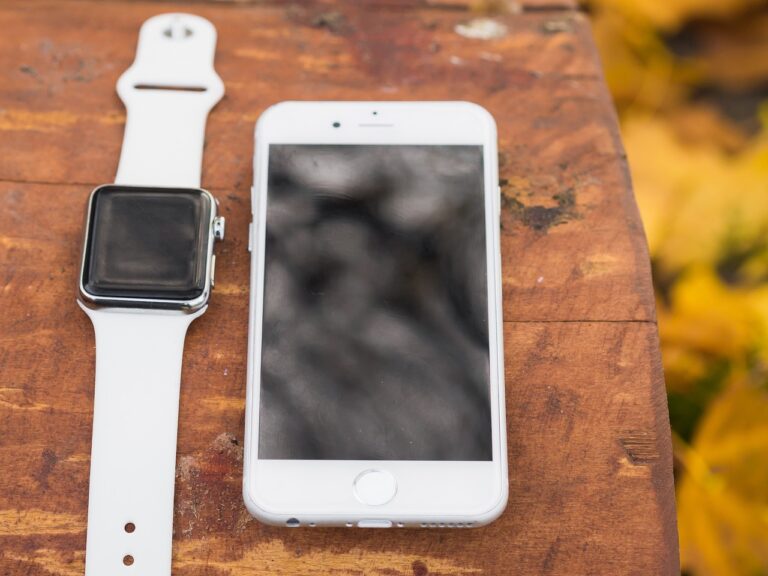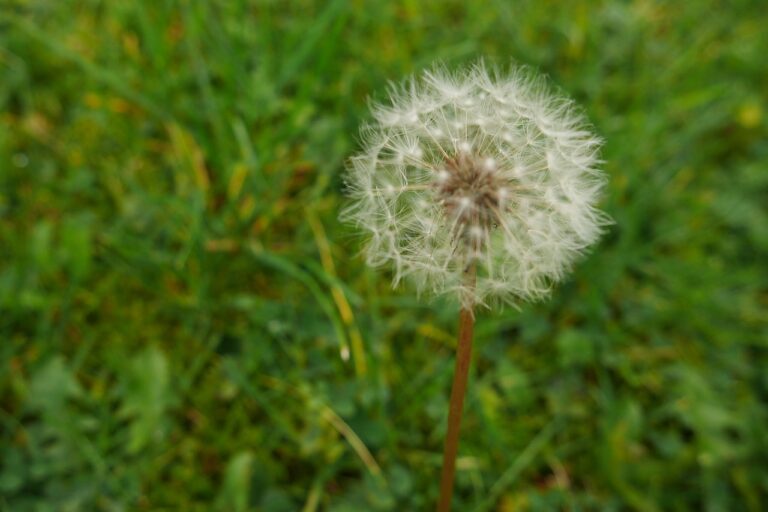Plant Parenthood: Caring for Indoor Greenery to Enhance Your Living Space
When selecting indoor plants for your space, consider the amount of natural light available. Some plants thrive in bright, indirect sunlight, while others are more suited to low-light conditions. Assess the light levels in your home or office before making a decision, as this will greatly impact the plants’ growth.
Additionally, take into account the size of the space where you intend to place the plants. Some varieties may grow quite large and need ample space to flourish, while others are more compact and ideal for smaller areas. Consider the overall aesthetic you wish to achieve and choose plants that complement the size and style of the room.
Understanding the Lighting Needs of Your Indoor Plants
When it comes to selecting the right indoor plants for your space, understanding their lighting needs is crucial for their overall health and growth. Different plants have varying requirements when it comes to light exposure, so it’s important to choose plants that will thrive in the specific lighting conditions of your home.
Plants that require high light levels will need to be placed in areas with direct sunlight, while low-light plants can thrive in areas with minimal natural light. It’s essential to observe the lighting conditions in your home throughout the day to determine the best placement for your indoor plants to ensure they receive the light they need to flourish.
Watering Tips for Healthy Indoor Greenery
When it comes to watering your indoor plants, timing is key. Overwatering can lead to root rot and other issues, so it’s important to water your plants only when needed. To determine if your plant needs water, simply stick your finger into the soil up to your second knuckle. If the soil feels dry at that depth, it’s time to water.
Another important factor to consider is the type of water you use. Most indoor plants prefer room temperature water, as cold water can shock the roots and hinder proper growth. Additionally, using water that is low in salts and chemicals is best for your plants’ overall health. Consider letting tap water sit out for a day or using filtered water to ensure the best results for your indoor greenery.
How often should I water my indoor plants?
The frequency of watering your indoor plants will depend on the type of plant and its individual needs. It is important to check the soil moisture levels before watering to prevent overwatering.
What is the best way to water indoor plants?
The best way to water indoor plants is to water thoroughly until water drains out of the bottom of the pot. This ensures that the roots receive adequate moisture.
How can I tell if my indoor plants are getting enough water?
One way to tell if your indoor plants are getting enough water is to check the soil moisture level. Stick your finger into the soil to see if it feels dry or moist. Yellowing or drooping leaves can also be a sign of under-watering.
Can I use tap water to water my indoor plants?
It is generally safe to use tap water to water indoor plants, but some plants may be sensitive to chemicals or minerals in tap water. If you notice any issues with your plants, consider using filtered water or letting tap water sit out for 24 hours to allow chlorine to dissipate.
Is it possible to overwater indoor plants?
Yes, overwatering is a common issue with indoor plants that can lead to root rot and other problems. It is important to allow the soil to dry out between waterings to prevent overwatering.







